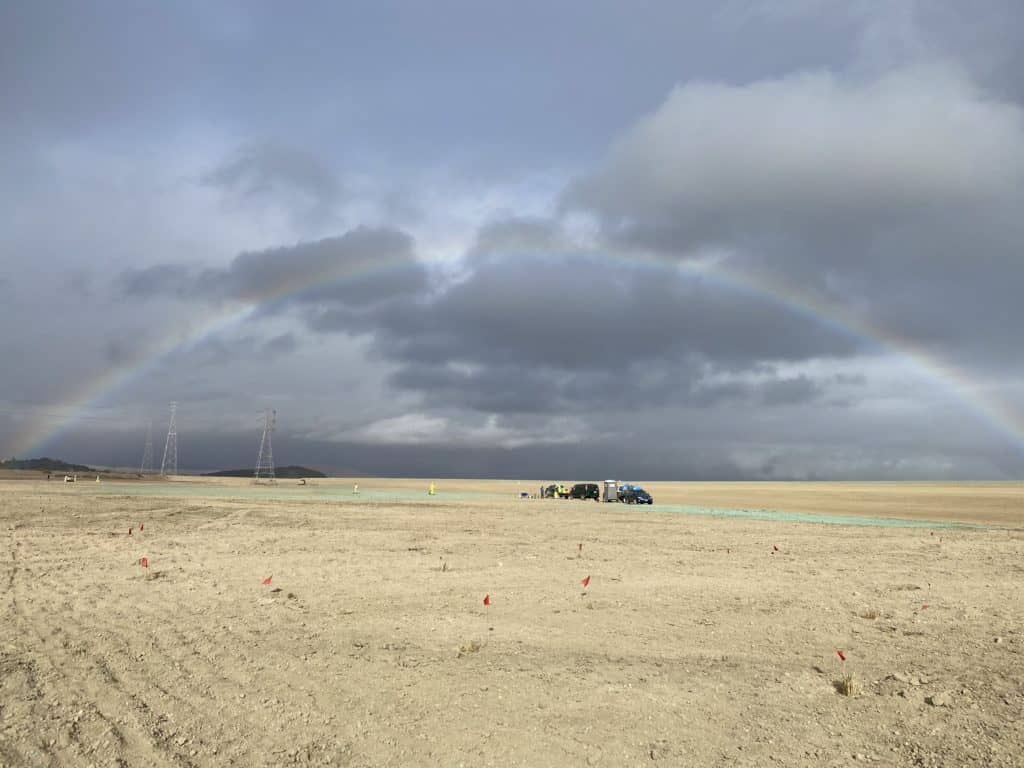
The Bel Marin Keys Unit V Project in the San Francisco Bay Estuary has reached an exciting restoration milestone: over 10,000 native perennial plants have been outplanted this winter. This benchmark was made possible by the combined efforts of Save The Bay, Novato Baylands Stewards, AmeriCorps, the Conservation Corps North Bay, and dedicated volunteers. These 10,000 plants, including creeping wild rye, salt grass, and baltic rush, will contribute to restoring this vital wetland.
The Bel Marin Keys site, under the California Coastal Conservancy and partnering with the Novato Baylands Stewards, includes over 44 acres of seasonal wetlands and alkali wet meadows. Wetlands around the Bay provide habitat for wildlife, sequester carbon dioxide from the atmosphere, and protect adjacent communities by acting as a buffer to sea level rise and storm surges.
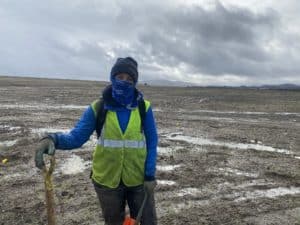

Since 2016, Save The Bay has been collecting plant material and seeds and propagating native plants in order to revegetate the seasonal wetland and alkali wet meadow complexes.
The first phase of the project, the construction of a new, bayside levee, was completed this fall. Now our collective team is in the field planting rain or shine, often in very muddy and adverse conditions. We will continue to outplant through this winter and next. If we’re lucky, we are rewarded with wildlife sightings and dramatic views of the sky, Mt. Tam, and Mt. Diablo across the bay.
Plant species used in restoration
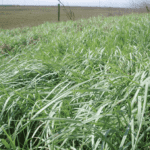
Creeping Wild Rye Elymus triticoides
Creeping wild rye grows in the high zone of the marsh, forming a dense, spreading mat of grass up to three feet tall. Its blue-green narrow leaf blades shoot up from underground stems (rhizomes) that spread rapidly. The extensive root system prevents erosion and filters soils and pollutants from storm runoff. Creeping wild rye is drought tolerant and an important habitat for birds and small animals.
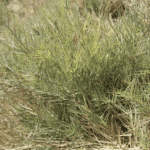
Salt Grass Distichlis spicata
Salt grass grows as thick, low-growing mats in the middle zone of the marsh. Its spiky-looking leaf blades are short and close along the stem, with tiny, dense flowers that bloom from April to July. Salt grass forms excellent cover for waterfowl and smaller marsh wildlife. It can also absorb salty water and “sweat” out the salts, leaving tiny salt crystals on their leaves.
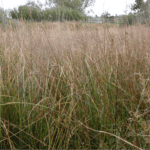
Baltic Rush Juncus balticus
Baltic rush grows in the high to mid zone of the mars, often in areas with freshwater input. Their solid, round, and wiry stems shoot from woody rhizomes up to three feet tall and produce brownish-purple flowers that erupt from the side of the stem below the tip. Baltic rush provides habitat for amphibians and birds, and their seeds are eaten by birds and small mammals. Additionally, Baltic rush has nitrogen-fixing capabilities, benefiting the soil and plants.
This Bay Story was originally published in By The Bay quarterly newsletter. To receive future emails from Save The Bay, subscribe to our list here.

















































